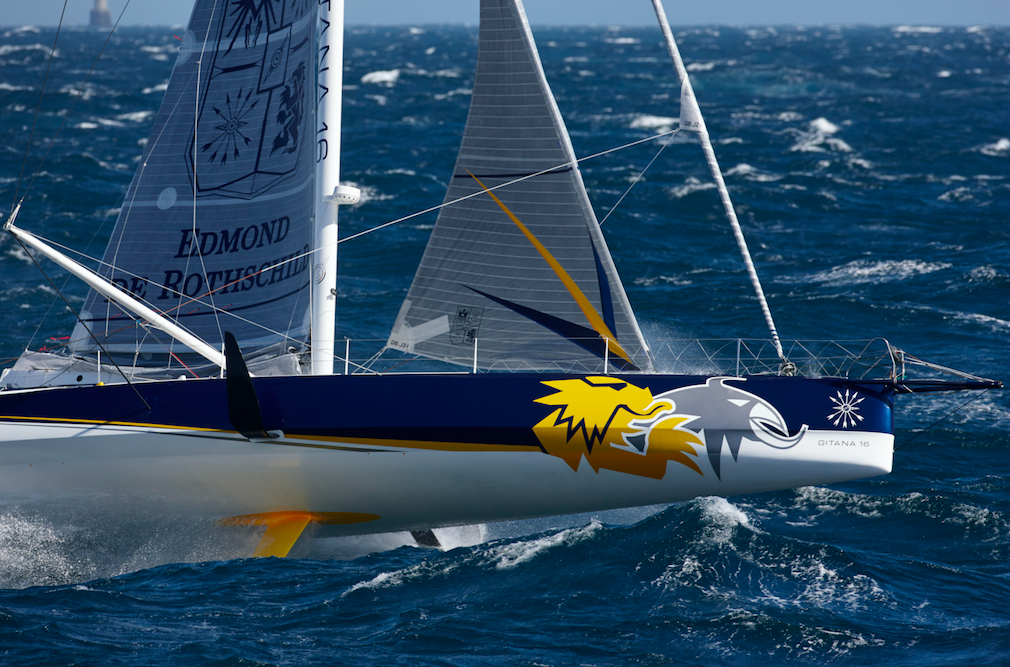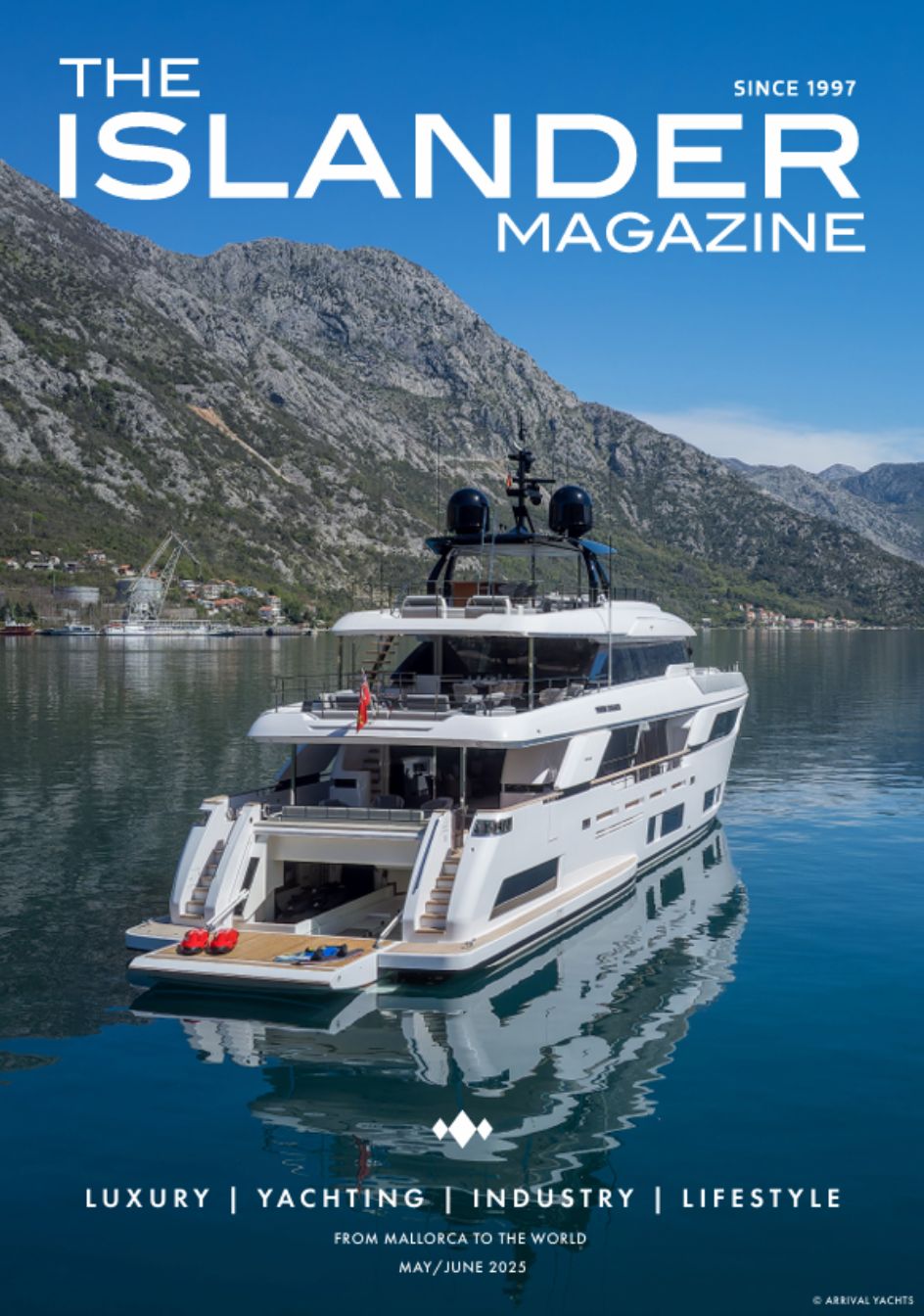With the start of the 2016-17 edition of the singlehanded Vendée Globe Race around the world just a little over a year away, the latest crop of IMOCA 60 designs have hit the water in Europe.
A testimony to the strength of the IMOCA 60 class – or perhaps more to the irresistible
lure of the Vendée Globe adventure – is that there are six new boats now on the water.
All the new boats come from the joint drawing boards of two of France’s best known offshore racing design houses, Van Peteghem Lauriot-Prévost (VPLP) and Guillaume Verdier – the same collaboration that was responsible for the record setting runaway top two boats in the 2012-13 Vendée Globe: MACIF and Banque Populaire.
New rules introduced by the IMOCA 60 Class mean all six of the new boats are sporting one-design canting keels and identical wing-masts. They all also feature a set of L-shaped daggerboards that exit the sides of the boat just above the waterline, approximately in line with the keel.
Are we then, witnessing the advent of foiling offshore monohulls? The answer is no, we are not. Well not really, anyway.
Although the foils are designed to provide lift to the hull when they are deployed to leeward, that lift is intended as extra righting moment to balance out the effects of the unwanted heeling moment created by lift on the windward side as a result of the canting keel’s angled pivot pin. The faster the boat goes, the greater the righting moment produced. This means water from the ballast tanks can be jettisoned, in turn making the boat lighter and faster.
The new boards have three parts: an 80 – 90 cm tall triangular vertical section known as the tip, a curved 90 degree elbow, and a roughly 3 metre shaft that projects the tip and the elbow away from the hull.
The tip and the elbow are the two important parts. The elbow provides the lift (righting moment) and the tip provides the side-force resistance that helps to stop the boat sliding sideways when the keel is canted to windward. The shaft is designed to be as neutral as possible in terms of lift force and is only there to project the foil structure away from the boat.
Early tests of the new foils confirm the designers’ belief that they can deliver a significant performance advantage downwind – at least for those teams able to master the tricky balance between water ballast, keel angle, and their sail combination.
Despite being one of the last to launch their new boat, the Gitana – Edmond de Rothschild team led by Frenchman Sébastien Josse seem to have got to grips with the new concept best. A video released by Gitana shows their boat looking remarkably stable as it blasted downwind in strong winds and big seas during sea trials.
The downside is that none of the teams has yet worked out how to get the new foils working upwind in lighter conditions, when the boats have to be sailed almost at reaching angles to generate enough speed for the much smaller surface area foils to work.
However, with only 15 per cent or less of a Vendée Globe Race sailed downwind, the teams are hoping the downwind boost from the foils will be big enough to obliterate any upwind losses.
It will be interesting to see who prevails when five of the new boats take on 15 of the old generation designs in this November’s double-handed 5,400 mile Transat Jacques Vabre (TJV) race from Le Havre in France to Itajaí, Brazil.
Image Credit : Thierry Martinez / Gitana SA
















0 Comments